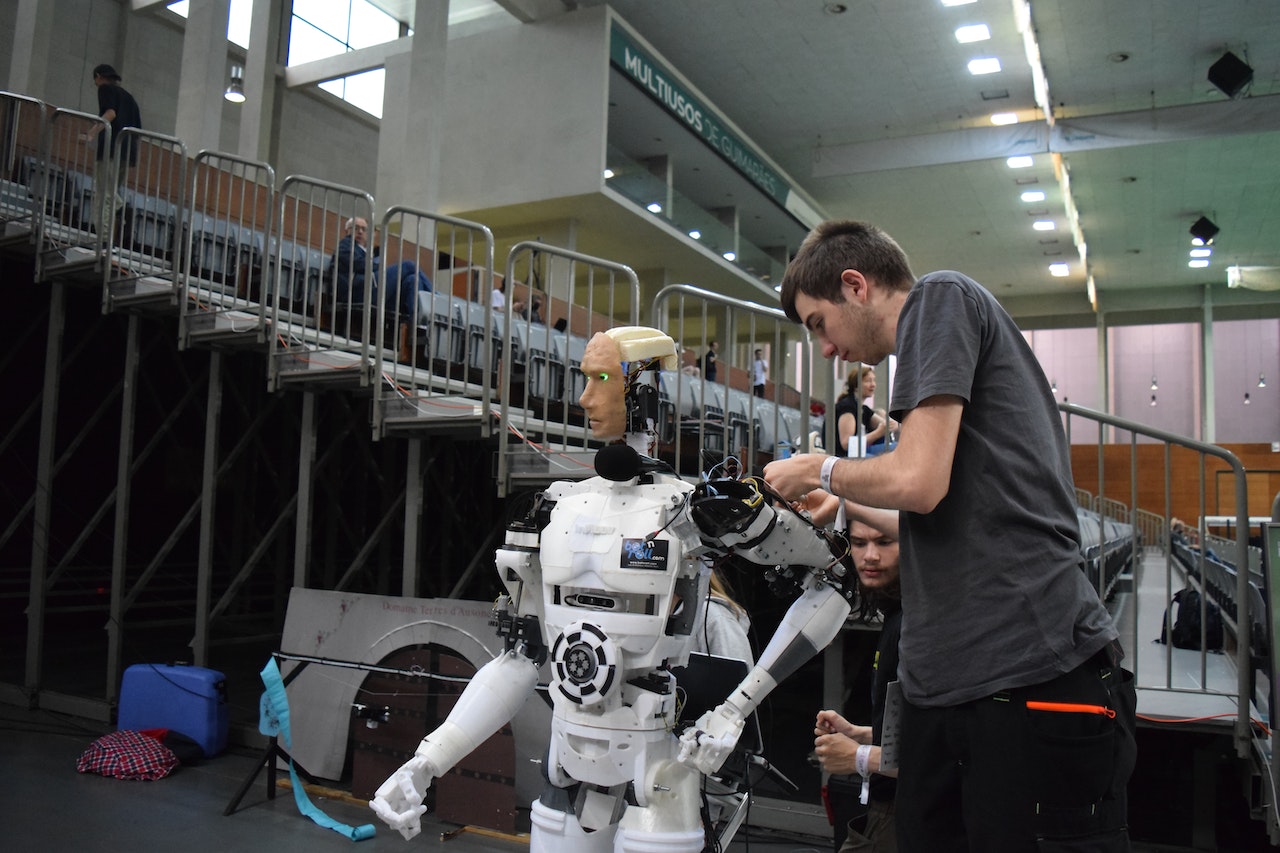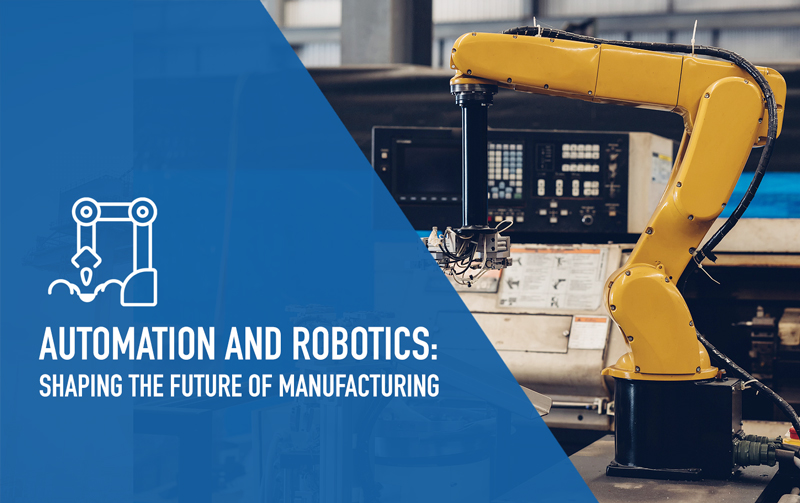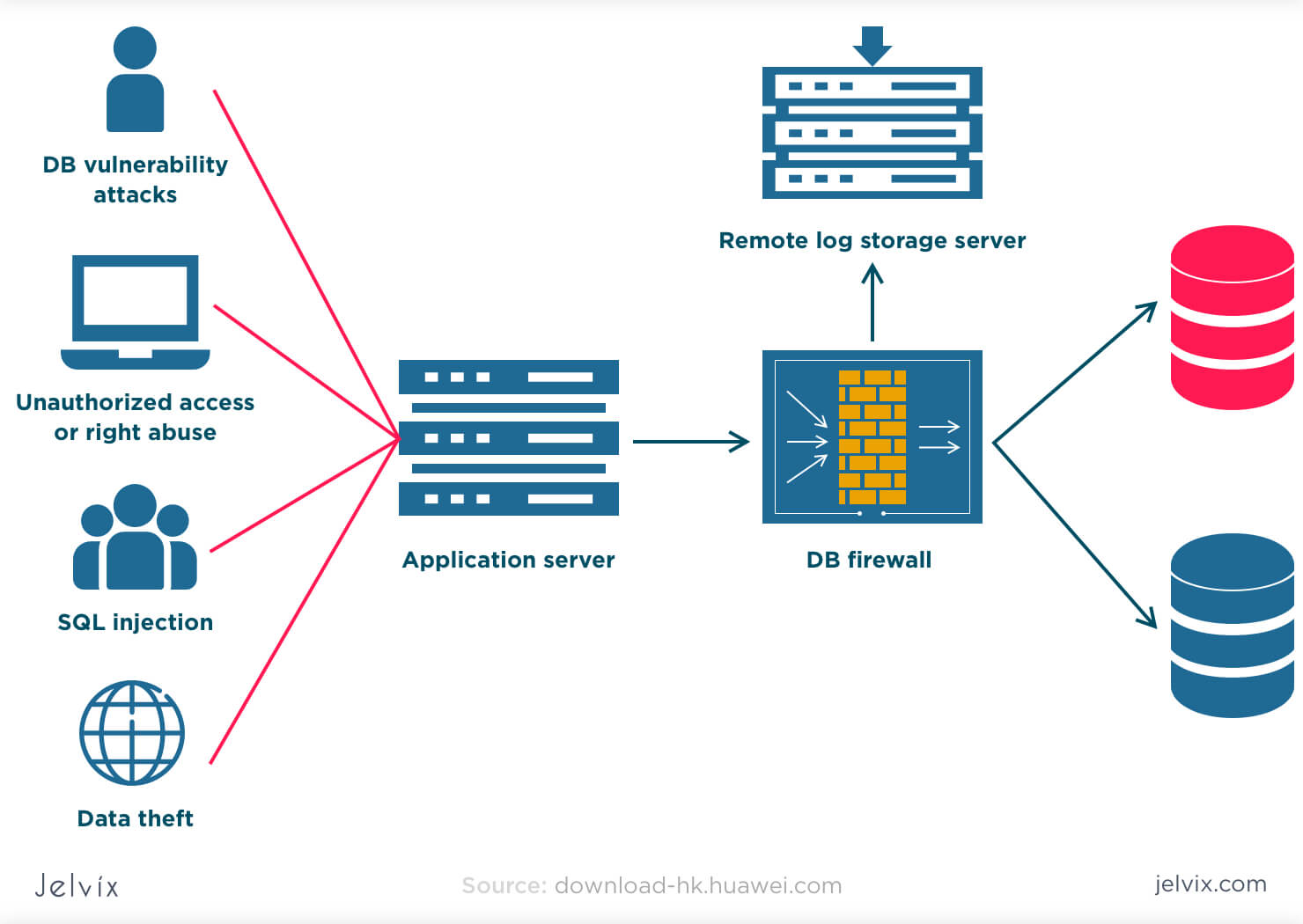Virtual and augmented reality (VR and AR) technologies have the potential to revolutionize the way we approach science and technology. They allow us to simulate and experience things in ways that were previously impossible, and can help us better understand complex concepts and phenomena. In this blog post, we will explore some of the possibilities of VR and AR in science and technology, and how they can help us innovate and make breakthroughs.
Applications of VR and AR in science and technology:
1. Training and Education: VR and AR can be used to train individuals in a safe and controlled environment, allowing them to practice tasks and simulations that would be too dangerous or expensive in real life. For example, surgeons can use VR simulations to practice surgeries before performing them on actual patients.
2. Visualization and Prototyping: VR and AR technologies can help scientists and engineers visualize and prototype their designs. By experiencing a virtual 3D model of their product or invention, they can identify potential issues and improve their designs before creating a physical prototype.
3. Research and Development: VR and AR can be used to conduct experiments and research in simulated environments. For example, scientists can simulate complex chemical reactions to better understand their properties and interactions.
4. Collaboration and Communication: VR and AR technologies can facilitate remote collaboration and communication between teams from different parts of the world. By being able to visualize and manipulate virtual objects together, they can work on projects as though they were physically present in the same room.
5. Entertainment and Gaming: VR and AR are popular in the entertainment and gaming industry. They can create immersive and interactive experiences for users, providing a unique form of entertainment that goes beyond traditional media.
The potential benefits of VR and AR in science and technology are vast, but there are also challenges to be addressed. Some of the challenges include cost, accessibility, and the need for further research to fully understand the implications of these technologies.
In conclusion, VR and AR technologies have the potential to revolutionize the way we approach science and technology. They can aid in training, prototyping, research, collaboration, and entertainment. The key is to continue exploring the possibilities of VR and AR, and to address the challenges that arise. As we continue to innovate and make breakthroughs, we are sure to see more amazing applications of VR and AR in science and technology.











